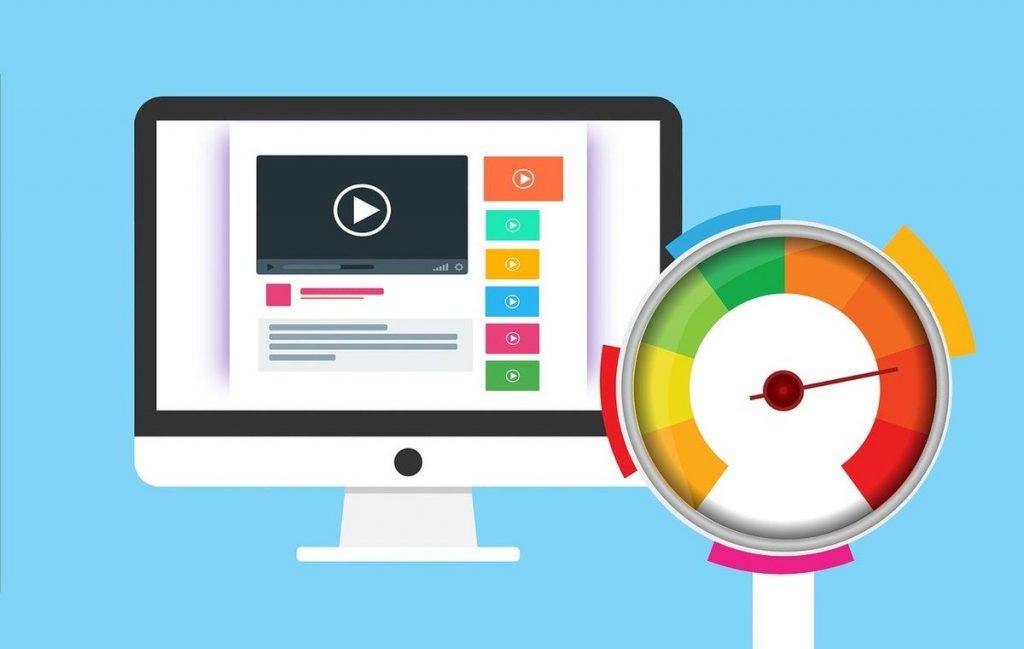Email Us: [email protected] Call Us: 0481 871 982
Website speed optimization is crucial to your website and is the foundation of your GOOGLE SEO.

1. Web Hosting
Where you choose to host your website is an important factor in website speed. Cheap or poor quality web hosting can seriously affect your site’s page speed and Google SEO rankings, so if you aim to do Google SEO, choose a server with strong performance. Some good hosts we can recommend are AWS, Google Cloud for those with more budget, Vultr, Siteground and A2 Hosting for those with less budget, if you can choose C-PANEL as your website management software, it will save you a lot of time.
The following hosts are recommended to be avoided including Hostgator, Bluehost, SiteBuilder, FatCow, etc. In particular, if you are running a resource-intensive website, stay away from these web hosts as they will not be able to meet the needs of your website.
2. Theme
The theme you choose for your website will also greatly affect your page speed and SEO. when you pick a theme, consider not only the performance of the theme, but also the loading speed of the theme, and stick to themes with many great reviews, such as Blocksy, GeneratePress, and Astra themes.
3. Optimize Image
Image optimization is probably one of the most common reasons for slow page load times and is usually the best place to start making improvements, as both load times and PageSpeed increases can be significant. Especially when there are many people responsible for uploading content or adding products, it can be difficult to maintain strict image standards and problems can arise quickly.
Images require a lot of resources to download and are often not properly optimized. The two main areas where you can make improvements by optimizing images are
The disk size of the image.
Display size vs. actual image size (in pixels).
Deferring off-screen image loading.
Use of content delivery networks (CDNs).
Use of next-generation images.
You can use free tools such as TinyPNG to compress images before publishing them to your website.
You can use free tools such as TinyPNG to compress images before publishing them to your website.

4. Optimize inefficient code
Optimizing HTML code can be overlooked, especially if your site has been around for a while or was built without following Google’s best practices.
In fact, the way the code is organized determines how the server reads the information and how long it appears on the screen.
Unintentional use of duplicate code or tags can be a hindrance. Fortunately, it is not necessary to look at the entire code structure to make the necessary changes.
There are HTML compression tools that can do this automatically and quickly. Some of them can even be used as CMS plugins.
5. Make good use of caching
One of the main elements reviewed in PSI analysis is the amount of resources the browser needs to absorb from your page.
This includes images, scripts, fonts, etc. All of these can be “stored in the browser’s memory” via caching.
Therefore, the browser will only load the elements once. Each time the user changes a page, the browser only “remembers” them and pulls the necessary information from the cache.
But you need to optimize your site to take advantage of this possibility.
Plugins such as W3 Total Cache, one of the most popular in the world, can do this job brilliantly and provide other features to optimize your code.

6. Using a Content Delivery Network
A content delivery network (CDN) or content distribution network is a system of distributed servers or networks that distribute pages and other Web content to end users based on their geographic location, the origin of the Web page and the content distribution server.
The purpose is to speed up the delivery of web content, because the closer the CDN server is to the user, the faster the content is delivered to him.
Today’s CDNs include Web objects such as text, graphics and scripts, downloadable content such as media files and software, and applications such as e-commerce sites, live streaming and social networks.
7. Reduce Page Size
Of course, the more resources a page contains, the heavier it will be and the longer it will take to load.
In general, images and videos have the greatest impact on page load speed. However, the total size of JavaScript and CSS files should also be considered.
If you can reduce unnecessary images and videos, so that the speed of your site will improve up.
8. Externally uploaded videos
Uploading your videos to third-party platforms and then linking them through will greatly increase the speed of your site.
The most common media used for this are YouTube and Vimeo. Not only do these platforms allow their players to be easily integrated into other websites, they can also help you promote your brand and improve search results.
If you offer restricted content, such as paid online courses, both media offer an unlisted option, which hides your videos from search and only allows access from a single link you can attach to the page (e.g. HTML). 9.
9. Minimize JavaScript and CSS files
This is a less obvious issue, which is probably why it is so neglected: the same SEMrush survey showed that 68% of sites have uncompressed JavaScript and CSS files.
As the term itself makes clear, minification means reducing or simplifying this code, which can be done by removing unnecessary lines, unnecessary comments and spaces.
These files are behind the entire visualization of your website and are sometimes over-written for future editing. In addition, they can be changed through various plugins.
But rest assured, you do not need to master any of these languages to perform this process. There are several tools available to do this for you.
Rapid speed reduction.
WP Super Shrink.
Online YUI Compressor.
However, please remember to make a backup before using any of these solutions.
There is always a chance that the theme of your website or some files may be affected by this program. Therefore, be careful and make sure to do some tests. 10.
10. Clean up redirects
Each time a page redirects to another page, your page will take extra time to load. For example, if page A redirects to page B and then redirects to page C, each other redirect will add more wait time to the page load time.
Our company is located in Melbourne, Australia and provides website speed optimization services to Chinese people worldwide. If you need website speed optimization services. We can provide you with professional advice. We use ZOOM, TEAMVIEW or ANYDESK to connect with you remotely.
